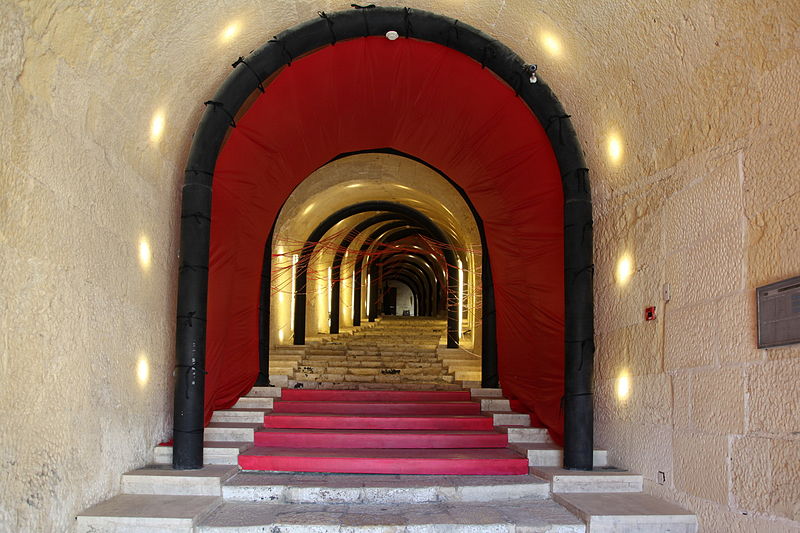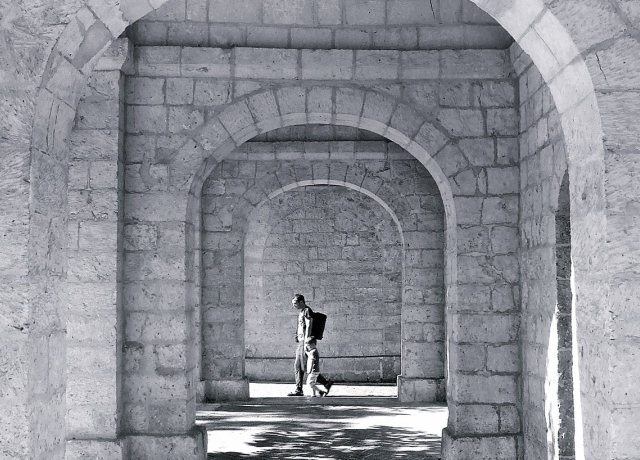Shared Cultural Memory of Malta and Poland Explored in Valletta
Shared Cultural Memory of Malta and Poland Explored in Valletta
Do Malta and Poland have a shared heritage and cultural identity? Have their recent histories followed a similar path?
These are some of the questions that a group of artists recently answered with a multifaceted exhibition at St James' Cavalier Centre for Creativity in Valletta, Malta. The White Memory – 1989/2018 exhibition featured three generations of Maltese and Polish artists whose works presented cultural and historic proximities between the two countries.
Supported by the Malta Arts Council and the Polish Institute in Rome, the exhibition was organized within European Year of Cultural Heritage 2018. Unveiling a variety of links between Maltese and Polish modern history, it followed the goal of the Year to promote cultural and historic cross-connections between European nations.
Despite their physical distance, Malta and Poland have been on a similar journey towards discovering their European identity. The White Memory exhibition presented this journey from the perspectives of artists with different senses of history and cultural memories.

Interior of Saint James Cavalier, Author:Frank Vincentz, Source: Wikipedia
Being a dynamic process that “re-connects the plots of the past with the present, projecting them towards the future,” as pointed out by the curators Marinella Paderni and Irene Biolchini for Malta Today, our cultural memory influences our understanding of not only the past, but also the future. It helps us discover our cultural identities and better understand our heritage. The curators further note:
“In the European Year of Cultural Heritage, the memory of material culture (arts, sciences) and immaterial one (philosophy, literature, anthropology) is the fundamental essence of every present and future identity. Despite their diversity, the artists of this exhibition express with their works the need to look to the memory as a “map of a territory”: only by observing the trend of memory, can people fully understand where we are going.”
As opposed to documented archives, the living memory presented through this exhibition is open and offers a greater variety of interpretations. At the same time, it is rooted in history and gives a new perspective on our common past and heritage. The exhibition showed how this theme can be used to highlight the cultural links between Malta and Poland and can also be observed in the wider European context.
The diversity of perspectives and visual styles unified with a single theme represented the way our cultural memory works, unveiling historic links that can hardly be found in documented histories. In the months to follow, and particularly during European Heritage Days 2018, we can expect more of similar interpretations of European cultural cross-connections that show the art of sharing heritage in action.
